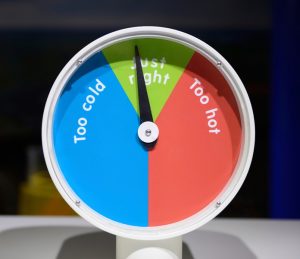If you’re searching for a new air conditioner, you’re in the right place. Whether you’re a new homeowner needing to familiarize yourself with AC systems for the first time, or a seasoned veteran and this isn’t your first time at this rodeo, we’ve got you covered.
From central air conditioners to ductless mini splits, if you are serious about getting the best performance from your AC installation in Tampa, FL, then you need the best team to install it for you. That’s us! You can rest assured that whatever system you choose, that it will be sized appropriately for your home and expertly installed.
Let’s go over all your options to keep your Florida home comfortable during our extended cooling season.









